Are you wondering how strong is epoxy resin? Epoxy resin is prized for its outstanding strength and toughness, offering high resistance to pulling and crushing forces. It can take on heavy loads and pressure without cracking or losing its shape, which is why it’s trusted for so many jobs. In fact, in certain situations, epoxy resin can even outmatch concrete in strength.
But just how strong is it compared to other materials? Keep reading to find out the facts, see real examples, and learn tips to get the most strength from your epoxy projects!
How Strong Is Epoxy Resin?

Epoxy resin stands out for its toughness and the way it bonds to so many surfaces. The real magic is in how it cures and its unique molecular structure.
If you’re curious about numbers, you’ll want to look at how its strength is measured and how it stacks up against other materials out there.
What Makes Epoxy Resin So Strong? (Molecular Structure & Curing)
Epoxy resin is a polymer, a polyepoxide, to be exact. Once you mix the resin with a hardener, a chemical reaction kicks in and transforms it from a liquid into a solid.
This process, called curing, links long molecular chains together, creating a really solid, interconnected network. That’s what gives cured epoxy its high tensile strength.
Since it’s a thermosetting polymer, it won’t melt or change shape when heated, unlike some plastics. That’s a big reason why it stays durable for so long.
The way you cure it and the exact mix you use can change how strong your epoxy ends up. Some types are built for heat or chemical resistance, while others are a bit more flexible but still tough.
Learn which products stand out in the Best Epoxy Resin for DIY and Professional Projects article to make the right choice for your work.
Epoxy Resin Strength Ratings (Tensile, Compressive, Flexural)
You can measure epoxy resin’s strength in a few different ways:
- Tensile Strength: This is about how much pulling force epoxy can handle before it snaps. Most epoxies come in around 5,000 to 9,000 psi—pretty strong stuff.
- Compressive Strength: This tells you how well it resists being squished. Some epoxies stand up to pressures over 15,000 psi, which makes them great for structural work.
- Flexural Strength: This one’s about bending. Epoxies often score between 9,000 and 12,000 psi, so they don’t give up easily under load or impact.
Knowing these numbers comes in handy when you’re picking epoxy for repairs or jobs that really need strength, like fixing metal or patching up concrete.
How Does Epoxy Resin Compare to Other Materials?
Epoxy resin usually beats regular glues because it bonds really well to wood, metal, glass, and concrete. It also holds up better than a lot of plastics when it comes to heat, moisture, and chemicals.
Compared to other adhesives, epoxy gives a hard, durable glossy finish. That’s why people love it for coatings and crafts that need both strength and a nice shine.
The downside? Epoxy can be a bit brittle. It’s tougher under pressure than rubber or silicone, but it doesn’t stretch as much.
Factors That Affect Epoxy Resin Strength (Mixing, Curing, Surface)

How strong your epoxy resin turns out depends a lot on how you mix, cure, and prep the surfaces. The ratio of resin to hardener, the temperature, and how long you let it cure all play a part.
Even small changes here can make a big difference in strength and durability. It’s honestly a bit surprising how much these little details matter.
Epoxy Resin Applications That Rely on Strength
If you need your epoxy to be really tough, say, for automotive parts, marine coatings, or aerospace stuff, you’ve got to get these steps right. In things like construction or protective gear, using the right mixing ratio between resin and hardener is crucial.
Too much resin or hardener throws off the cure and weakens the bond. It’s not something you want to eyeball.
Curing conditions are just as important. Warmer temps speed up the chemical reaction and give you a denser, tougher finish. If it’s too cold, epoxy might take forever to harden and end up with weak spots.
Surface prep is another big one. If you’re using epoxy for coatings, electronics, or resin art, make sure the surface is clean, dry, and a bit rough. That helps the epoxy stick better and gives you a stronger bond.
Sometimes, you can add special hardeners or additives to get more flexibility or resistance to heat and chemicals. That’s handy for marine or casting resins. Controlling these factors really helps you build epoxy that’s not just strong, but built for what you need.
A strong epoxy resin starts with proper curing. Master the process by reading our guide, Epoxy Cure Time: What You Need To Know for Perfect Results and achieve perfect results every time.
Limitations Of Epoxy Resin Strength (Tensile, Impact, Environment)
Epoxy resin is strong, but it’s not invincible. Its tensile strength means it can handle a lot of pulling, but too much force in one direction can still break or bend it.
If you want something really stretchy or flexible, epoxy probably isn’t your best bet. When it comes to impact resistance, it can crack or chip if you hit it hard or drop it.
Heavy wear and tear might eventually cause it to show damage, especially if you’re rough with it. The environment matters, too.
Epoxy usually handles chemical resistance well, but some harsh chemicals and acids can still cause problems. Always double-check if your epoxy is rated for the chemicals you’ll be using.
Heat resistance varies a lot. High temps can soften cured epoxy or make it lose some of its strength. It’s not the best for spots with extreme heat or big temperature swings.
Epoxy’s water resistance is solid, but long-term moisture can make some types swell or weaken. And UV resistance is a weak spot for many epoxies. Sunlight can cause yellowing, chalking, or even make it weaker unless you add a UV-resistant topcoat.
|
Factor |
Limitation |
|
Tensile strength |
Can break under strong pulling |
|
Impact resistance |
Can crack or chip on hard blows |
|
Chemical resistance |
Some chemicals still can damage |
|
Heat resistance |
Weakens under high heat |
|
Water resistance |
May swell after long exposure |
|
UV resistance |
Yellowing and strength loss |
Tips To Maximize The Strength Of Epoxy Resin
Want your epoxy resin to be as strong as possible? Mix the resin and hardener thoroughly, and stick to the recommended ratio. Too much or too little hardener can really mess with the epoxy bond.
Clean, dry surfaces matter more than you might think. Dust, grease, or moisture will weaken your bond. For plastics, you might want to try something like plastic bonder for extra grip.
Control the curing process. Let your epoxy cure at the right temperature and humidity—don’t rush it. For deep pours, post-curing with gentle heat can make it even stronger.
If you’re using epoxy as a protective coating or sealant, go for thin, even layers. Thick layers can dry unevenly and crack. Sanding between coats isn’t a bad idea either if you want better adhesion.
If you’re gluing something, clamp or hold your pieces together until the epoxy fully cures for max bonding strength.
Honestly, careful prep and following the instructions make a huge difference. That’s how you get the toughest, longest-lasting finish from your epoxy resin.
Epoxy resin’s strength helps resist scratches, but surface care is still important. Check out our guide on the Best Methods on How to Remove Scratches from Epoxy Resin for expert advice on maintaining a flawless finish
Final Thoughts
Epoxy resin stands out for its impressive strength and ability to handle stress. It’s used in many industries because it resists breaking and holds up well over time.
Whether you’re fixing something at home or starting a new project, knowing how strong epoxy resin is can help you choose the right material. With the right mix and cure, epoxy can be one of the strongest options available!
For the best results, always choose a high-quality epoxy like those from Resiners, designed to deliver durable and professional finishes every time.
Frequently Asked Questions on the Strength of Epoxy Resin
Is resin epoxy strong?
Yeah, epoxy resin is pretty strong. When you mix it right, it forms tight molecular bonds as it cures.
The hardened epoxy ends up tough and durable. It shrugs off impacts, chemicals, and water, which is why people use it for repairs and coatings that need to last.
Your epoxy’s real toughness depends on a few things—like the specific formula, curing temperature, and how you prep the surfaces. Rough surfaces usually bond better than smooth ones.
If you apply and cure epoxy properly, it can handle heavy use and stress. Just don’t expect miracles if you cut corners on prep.
Does epoxy break easily?
Epoxy doesn’t break easily, but it’s not invincible. It can crack or chip if you hit it hard or bend it too much.
If you need something a bit more flexible, some epoxies have additives that make them less brittle. Thicker layers cure harder, but sometimes that means they’re a bit more prone to chipping—so thin, even coats can be a smarter move.
Is epoxy as strong as steel?
Epoxy isn’t as strong as steel when it comes to tensile strength or holding up big weights. Steel’s a whole different league—it’s a metal, after all, and can handle massive forces without breaking.
But epoxy does a great job bonding steel parts together and protecting them. When you use it as glue or a coating with metals, it really adds to the durability of the finished piece.
How much weight can epoxy hold?
How much weight can epoxy hold? That’s all over the place. It depends on the thickness, the surfaces you’re bonding, and the type of epoxy you’re using.
Some industrial epoxies hold hundreds of pounds if you apply them right. For smaller projects, epoxy can easily support several pounds, sometimes more, but it’s smart to check the manufacturer’s ratings before you go wild.
The real limit usually comes down to how well you prep the surfaces and let it cure. Don’t skip those steps if you want the strongest bond.
What is the weakness of epoxy?
Epoxy does have some weak spots you should keep in mind. If you leave it under UV light for too long, it can start to yellow or even turn brittle.
It struggles with high heat, too. Once temperatures climb past 250°F (121°C), epoxy may soften or lose its shape.
Epoxy tends to get brittle if you bend it hard or hit it, especially if it’s not a flexible type. Strong acids and harsh solvents can also eat away at cured epoxy, so you’ll want to steer clear of those unless you’re using a special formula.

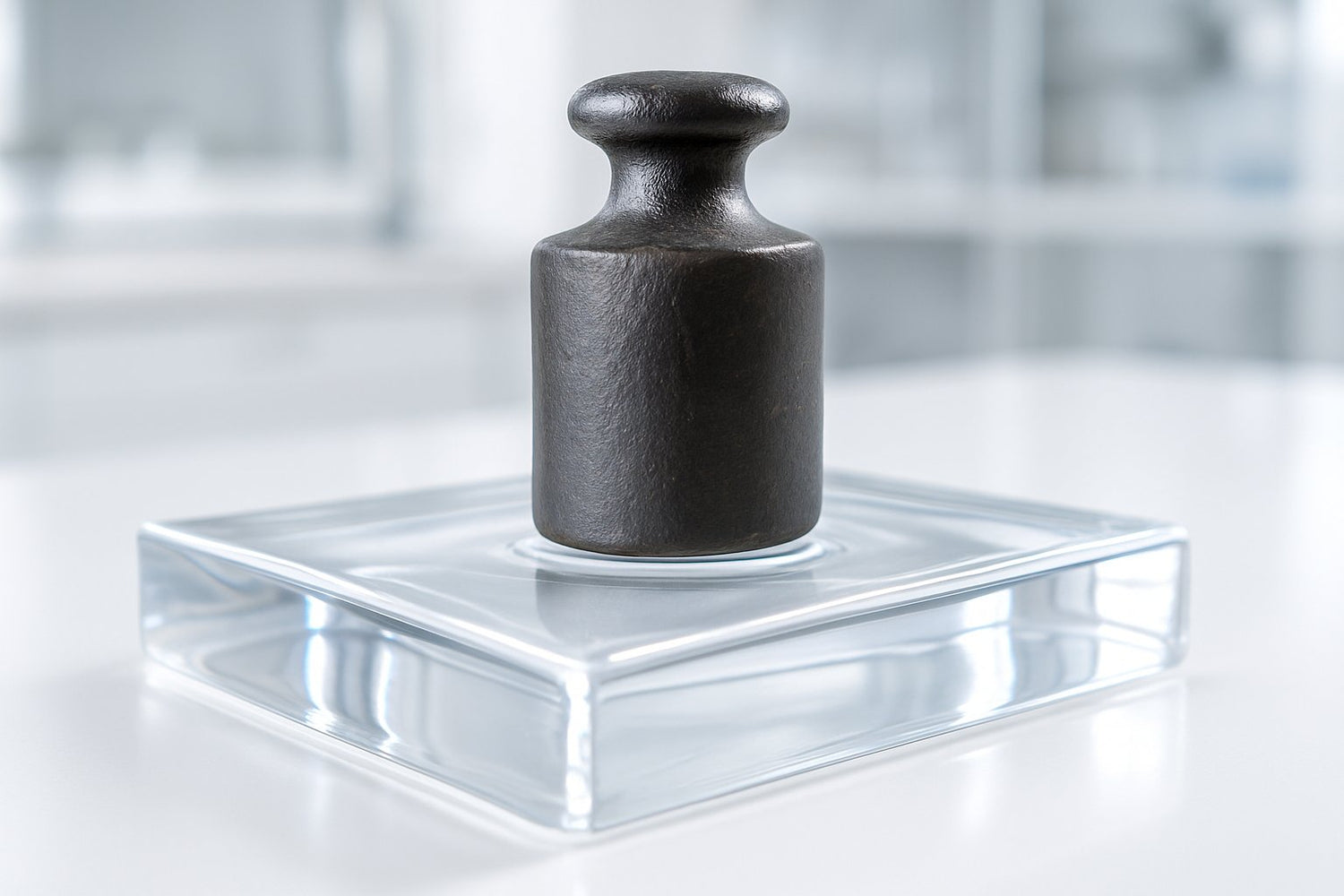
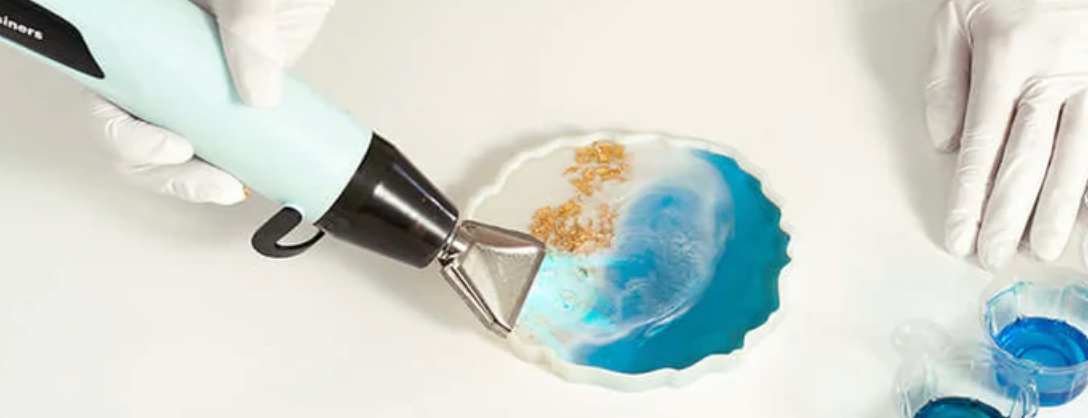
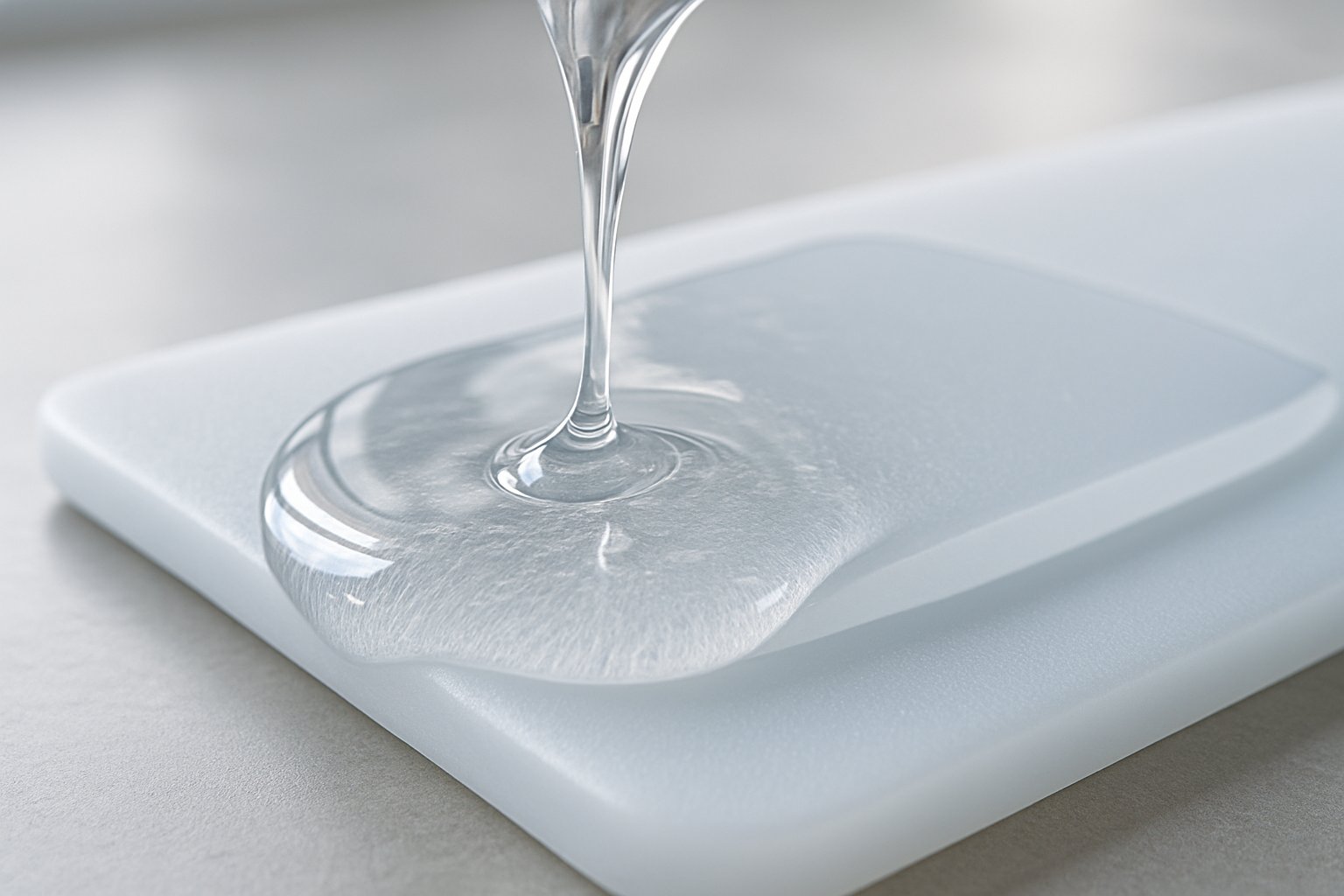


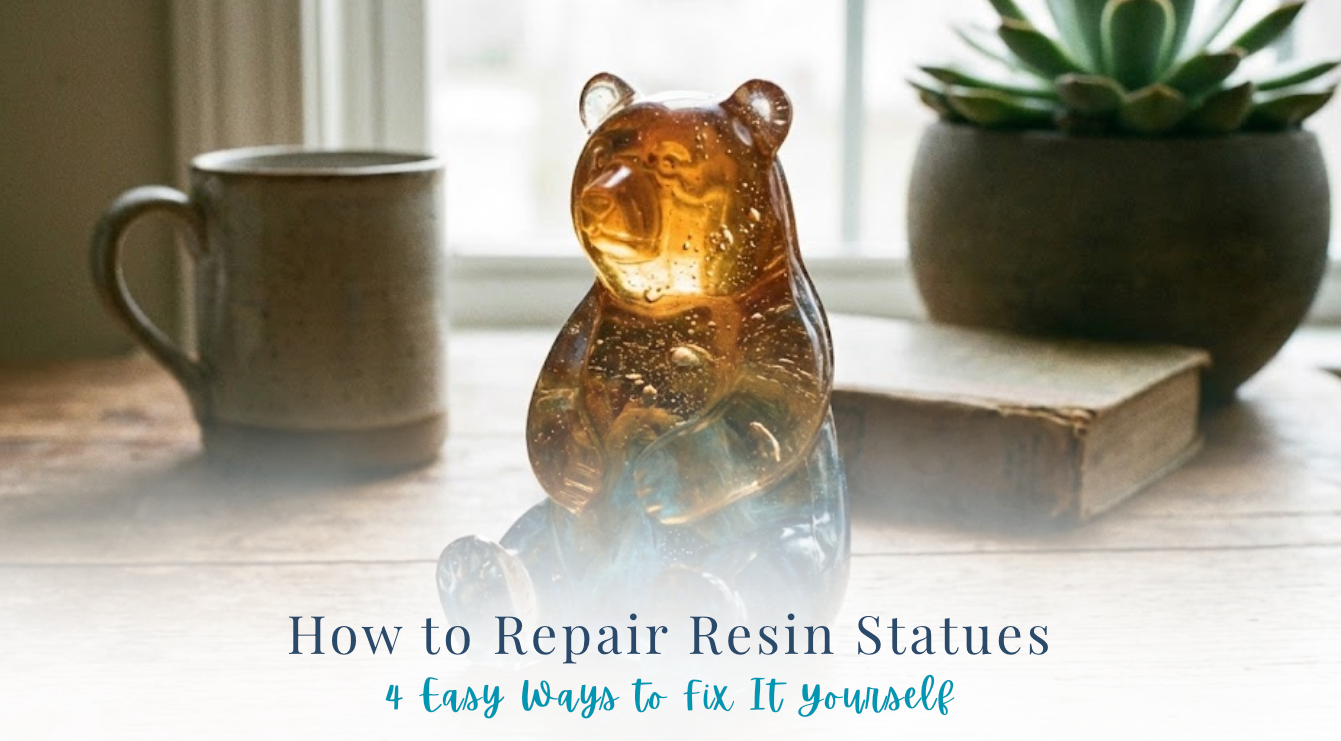

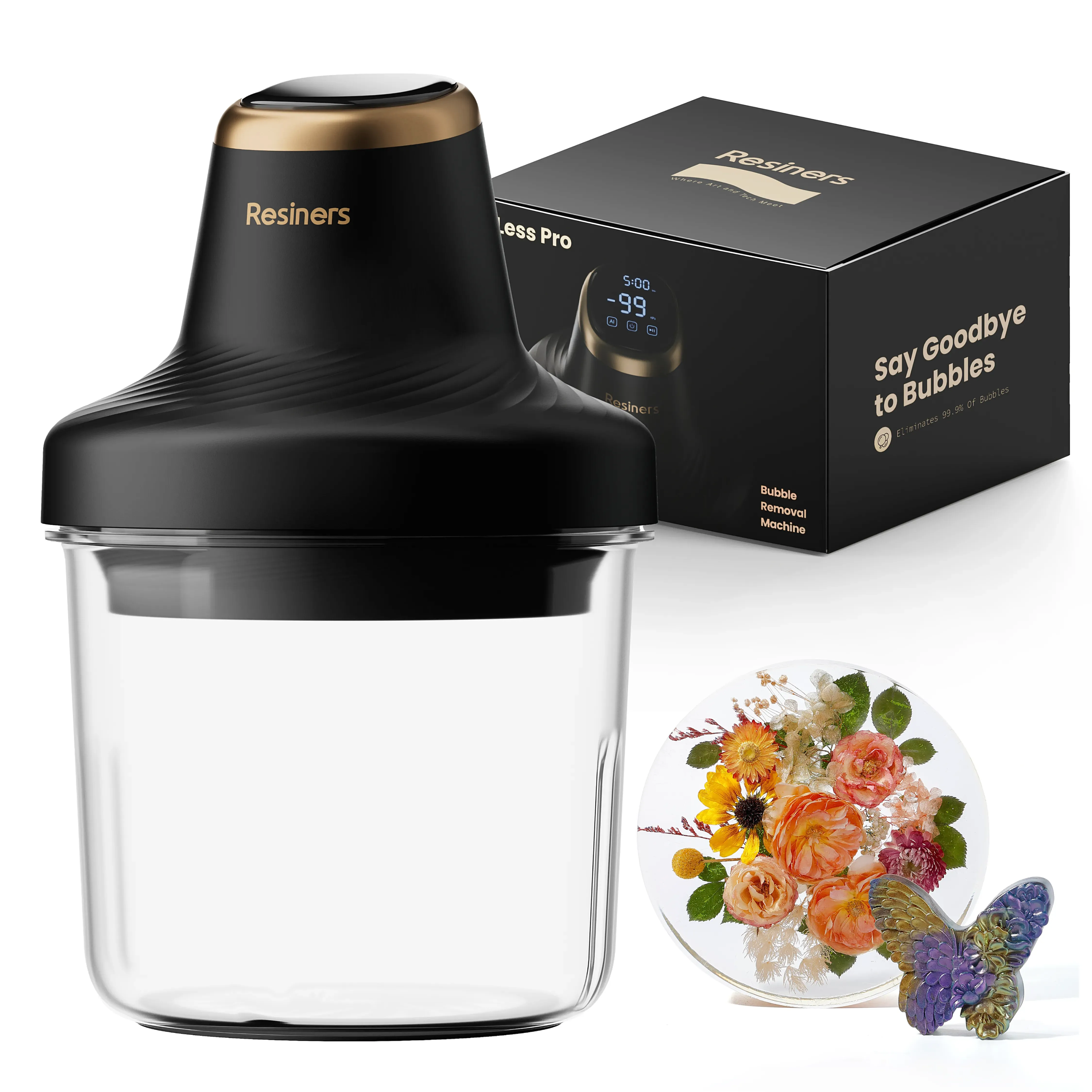
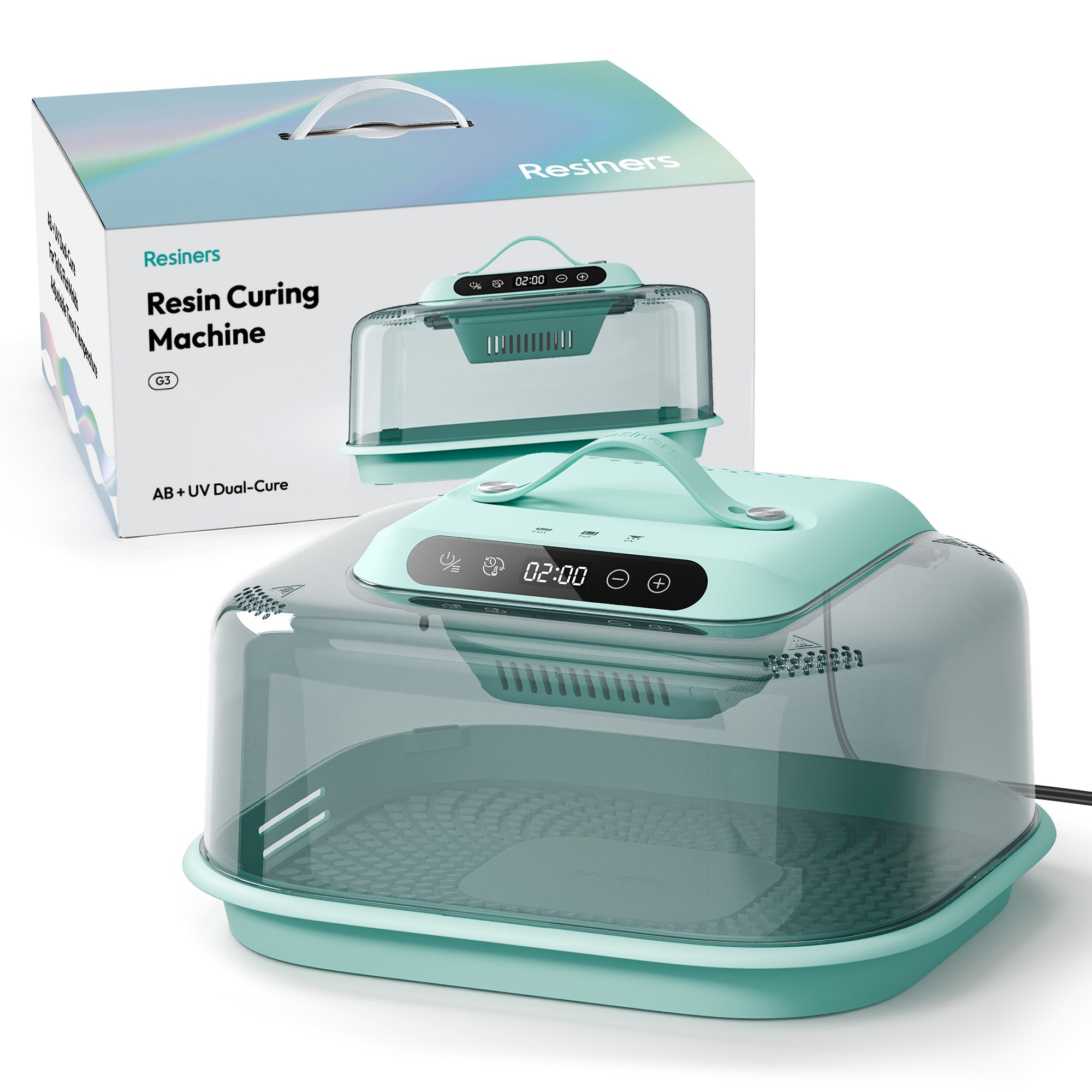


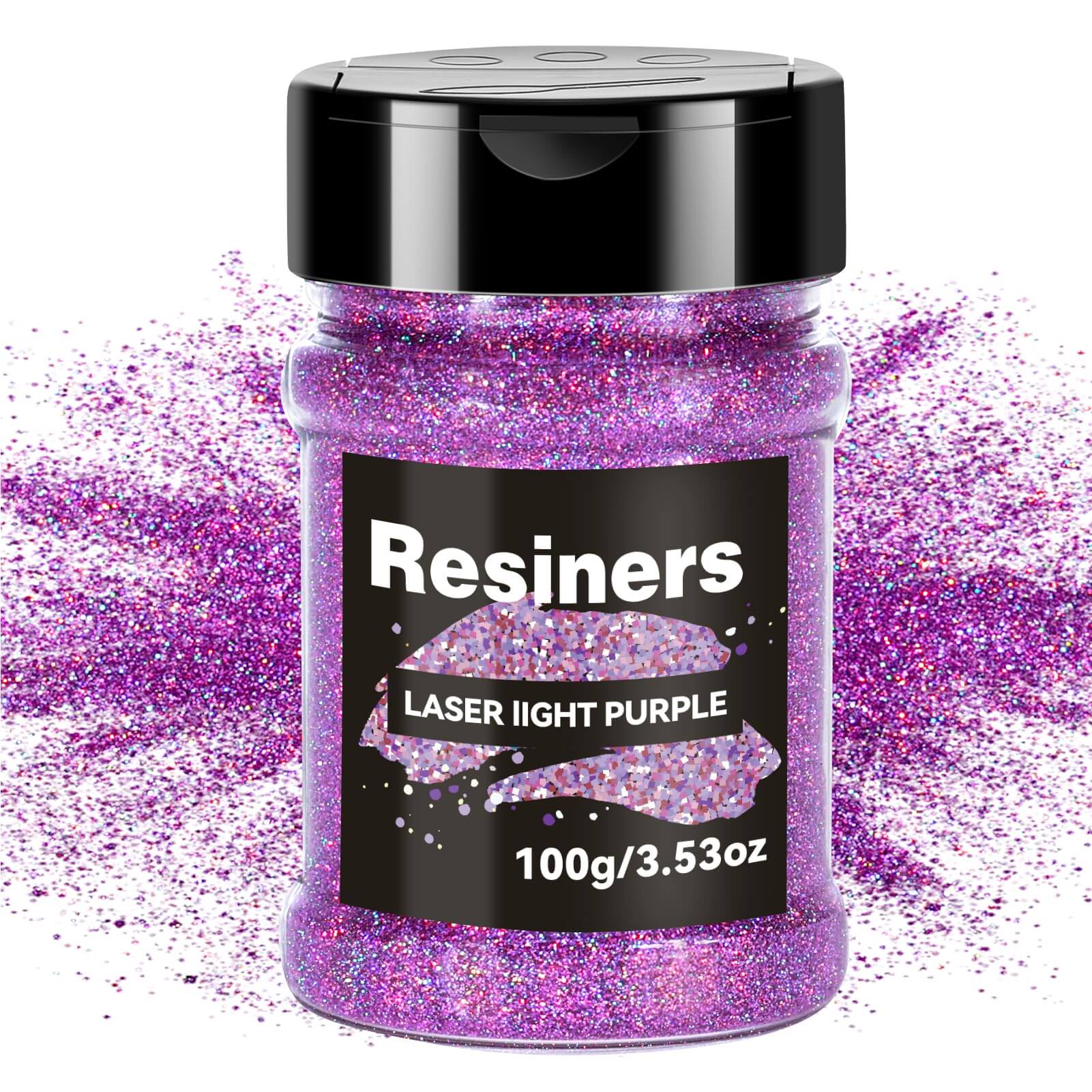
اترك تعليقًا
This site is protected by hCaptcha and the hCaptcha Privacy Policy and Terms of Service apply.